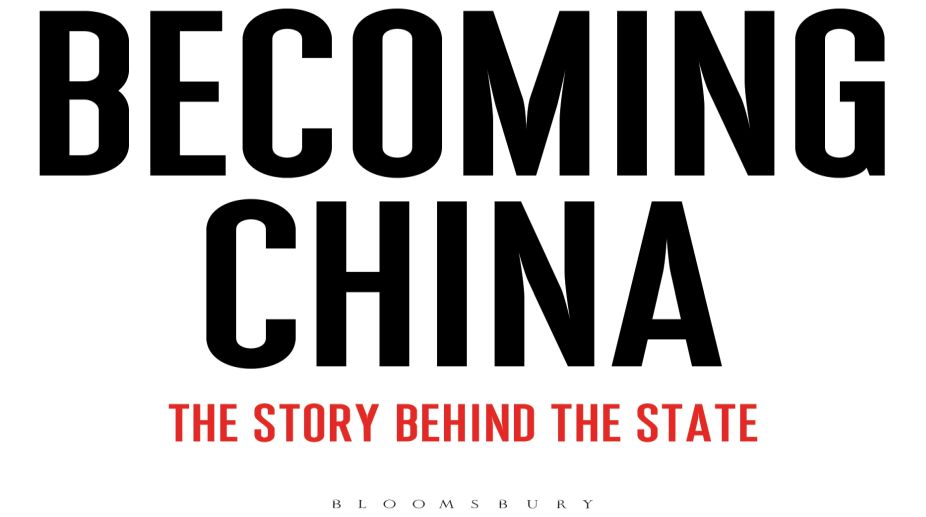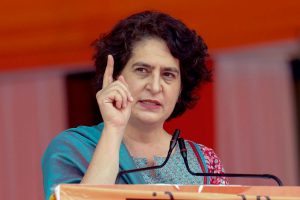The author is an expert in Chinese law, a fellow at the School of Asian and African Studies in London, and has lived for a great deal of time in China after her first visit there in 1987. This is her second book on China after All Under Heaven, and the present book is the first in a planned series of four, on order (China), knowledge (India), humanity and nature.
This book is lyrical and often ironic; even the title can be interpreted with two meanings. The work is unusual because it deals extensively with the non-official, rural, underclass viewpoint — the underprivileged, who have been long-suffering under various Chinese dispensations with hunger, impoverishment, corruption and bribery. Yet the Chinese Revolution was the first and only successful peasants’ revolt in history, which made it different from the Marxist/Leninist revolution in Russia, which was essentially urban in character and eventually drove the two socialist governments apart in the Sino-Soviet split.
Advertisement
Covering 5,000 years of Chinese history it is interesting to note the continuing threads along with the recurring symbols including the Crouching Dragon and the Monkey King. “Ideas and history run together,” the author says, and the continuing Indian civilisation till today is similarly replete with myths, legends and iconic symbolism, which have the ability to stir great and incomprehensible passions.
As much as the Chinese might claim totally indigenous provenance for their success, they “imported” not only Buddhism but Marxism, and later leaders like Ping Pai, James Yen and Xiaotong, who came from abroad to galvanise the peasantry. Wisdom, it is said, comes from the provinces.
Ideas handed down from the top-down political structure of the Chinese Communist Party often ended badly; Mao’s Perpetual Revolution was actually a “Nightmare of Lies” when millions of lives were lost in anti-right purges, the Great Leap Forward, and the Cultural Revolution; and afterwards Tiananmen Square. Yin and Yang were not opposites but agents of change leading to experiments which in turn lead to knowledge according to Mao’s lexicon. Mao and even Deng invoked Confucius and the first Qin emperor of the second century BC to endorse their centralised decision-making, but the doctrines of the omnipotent omniscient Great Man contradicted the revered Four Olds — culture, ideas, habits and customs.
Deng’s Four Modernisations significantly excluded the fifth — democracy — and substituted the Democratic Dictatorship of the People instead, when relaxed controls for the economy were matched with tight political control under the Party… which like the People’s Liberation Army, is beyond criticism. Every party official “was some kind of emperor” and the watchwords were stability, order, unity and harmony. Morality and law were two sides of the same coin, representing law with Chinese characteristics. Keeping foreign barbarians at bay was an imperative and unity meant agreeing with the people at the top, and technical advances assisted the state to maintain control through surveillance.
However, as Gescher shows, there were rumblings of dissent within the Party itself. Using the metaphors of the East Winds and West Winds, the author suggests that the East Winds wanted a return to pristine Marxist beliefs under the Party, and the West Winds more economic reform and faster production. This circle is still to be squared in China, though the East Winds now appear to have come out on top with Xi Jinping’s Four Comprehensives. Whether this is a temporary victory remains to be seen. Xi began with a back to the masses campaign, then the anti-corruption drive and now with “Socialism with Chinese characteristics”. The goal is moderate prosperity by 2020 and a harmonious society by 2040.
Gescher believes that China’s rise is only miraculous if the cost is not counted. She covers in some detail the flaws of the Chinese state in environmental protection, backed by the Mao-era slogan of “Man must tame nature.”
All dissenters in China got into trouble; being Chinese is “extremely hard work.” What did it mean to be Chinese and what kind of Party should it be? Sometimes the only way of being Chinese, she writes, was to leave the country and the Party, though Party loyalists would assert that in a difficult world, China had a leader that understood the past and took responsibility for the future.
The persistent question was which of the two possibilities was better, the top-down leadership of the single order of a Son of Heaven or the voices from the ground — and if the latter, which voices? In other words, the human and the State. This is not an uncommon dilemma for people across the developing world. Gescher herself provides the answer; “Any iron will that tries to grasp the world in its hands will ultimately fail.”
As for India, readers will look in vain for many references.
Neither India nor Jawaharlal Nehru is in the Index, the India-China war has one paragraph and the seventh century Buddhist monk Xuanzang has four paragraphs. This is not surprising; the book is about China and India hardly resonates in that country. The 1962 war does not agitate the Chinese imagination as it does the Indian’s and although the two countries present alternative models for politics and society in Asia, the Chinese do not consider India a rival or competitor.
The reviewer is India’s former Foreign Secretary











